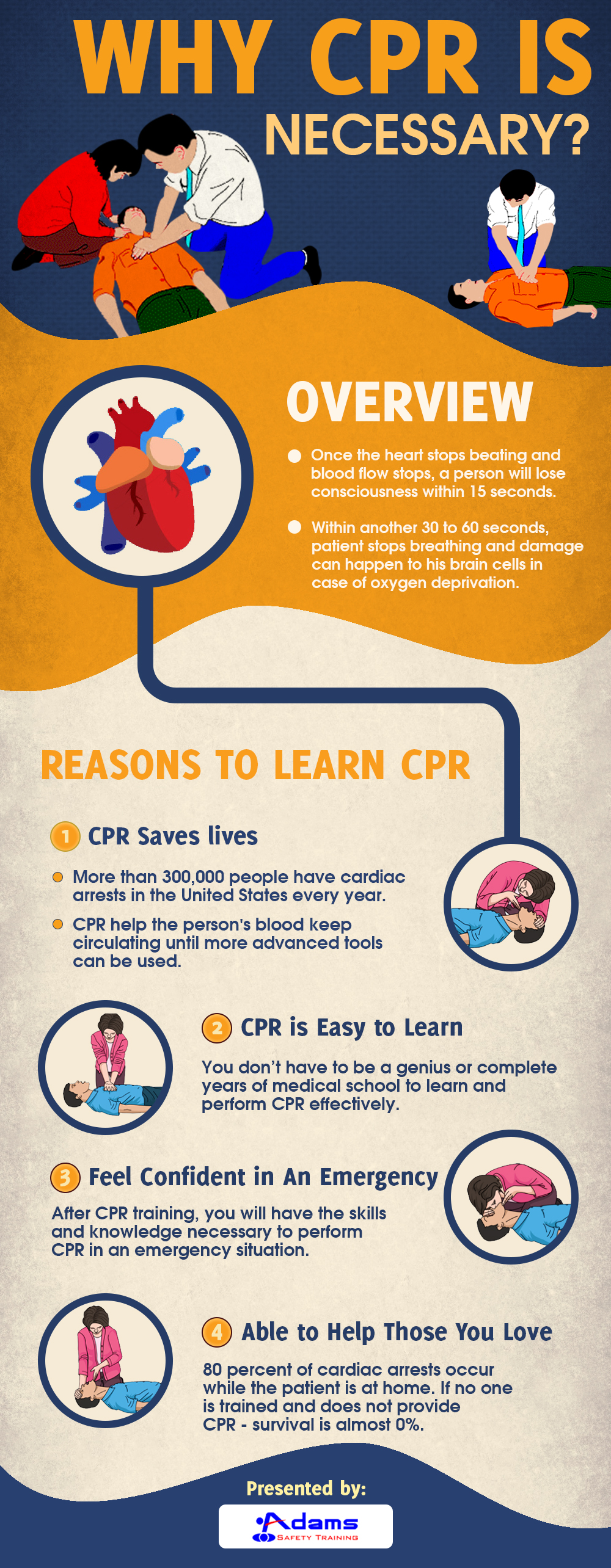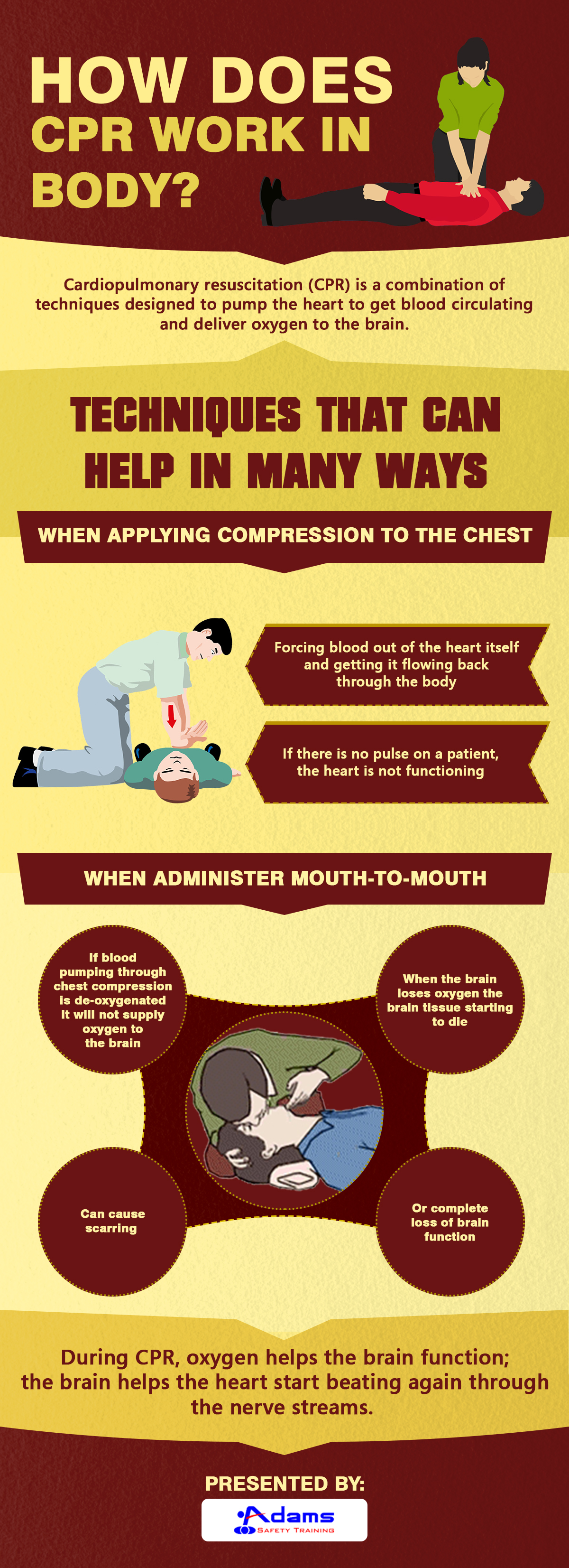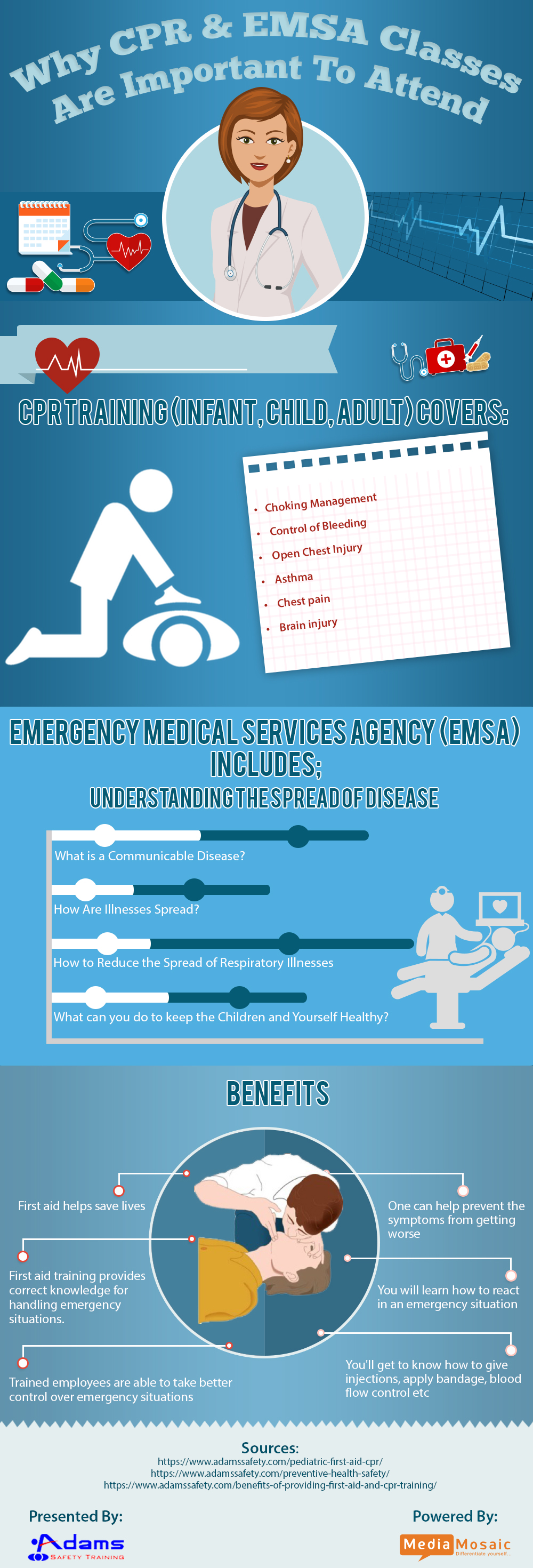The infographic titled as “EMSA Licensed Childcare Pediatric (Infant, Child and Adult) CPR with AED and First Aid Training”, describes what all essential things CPR and AED classes involved and what all necessary things you should know before applying for any classes.
Pediatric first aid training and CPR training classes for all age type including infant, child and adult includes emergency conditions like, chocking management, control of bleeding, amputation, chest compression, breathing, allergic reactions, spinal injuries and head injuries, fractures and dislocations, and various others.
Hours of training which is necessary to complete in first aid is of 4 hours, while 4 hours of pediatric CPR is also important to complete. Along with this, 8 hours of preventive health and safety training is necessary which is a one-time course only.
There are so many ways from which you can confirm about an official EMSA course which are call EMSA to confirm, check the length of their classes and you can also ask them for their license. To know more, please refer to the details mentioned on below infographic.











